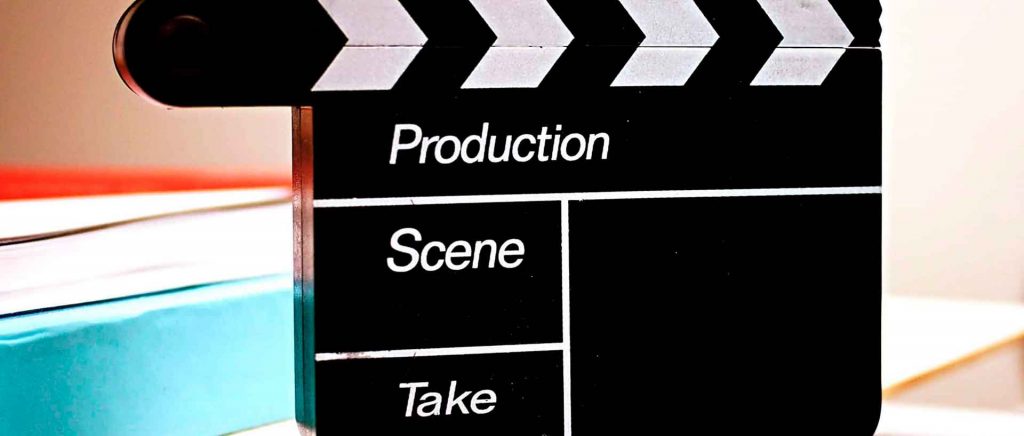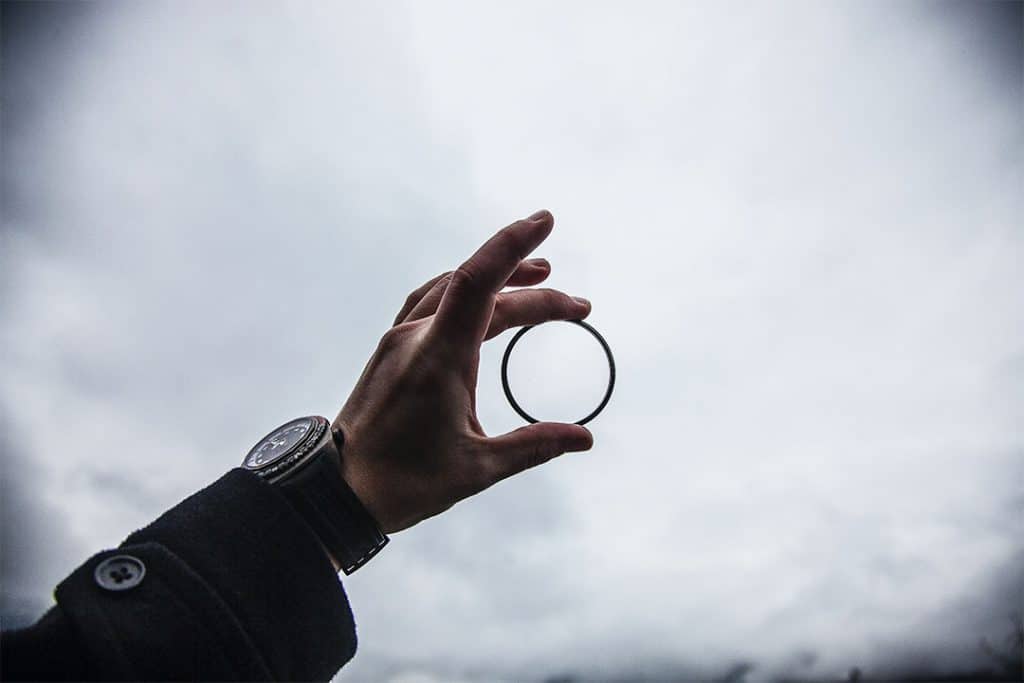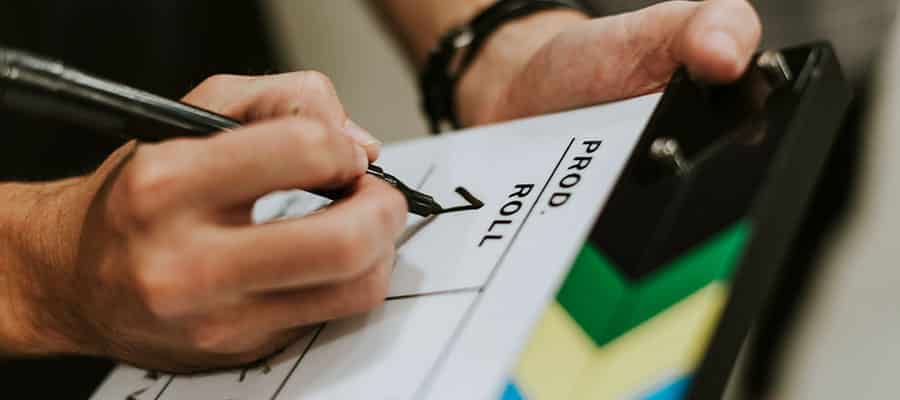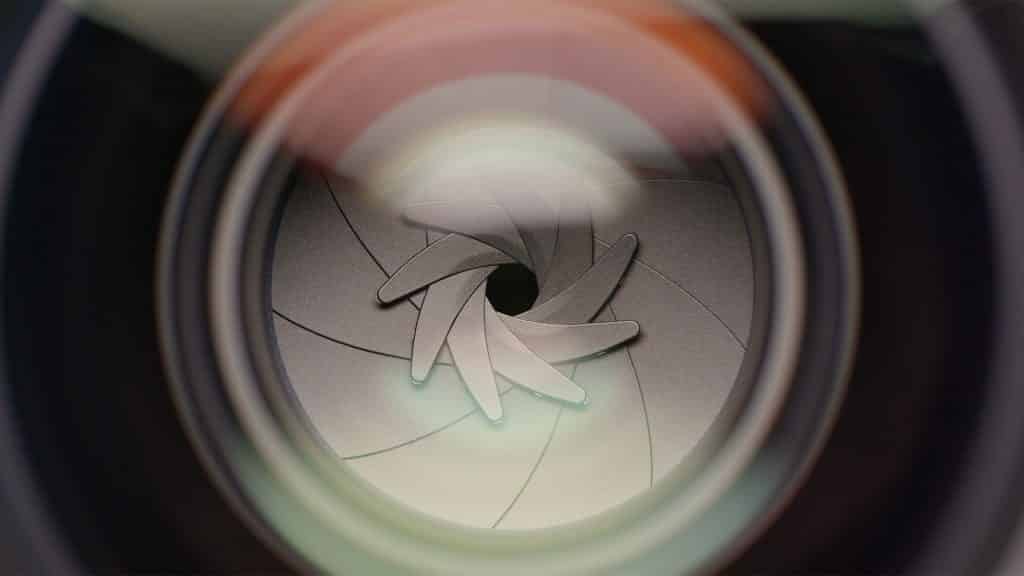What is 3-point lighting?
Three-point lighting is a standard photographic studio lighting scheme from which any type of lighting that aims to create a sense of depth is based.
Before explaining what this technique consists of, I would like to clarify its importance.
Humans possess a biological tool called stereopsis, which is the brain’s ability to generate an image from two visual receptors (two eyes).
Through this process, humans are able to understand the perspective and depth of the environment that surrounds them. Thanks to stereopsis, our mental agility multiplies, since on the one hand, we cover a larger field of vision, and on the other, we can make more precise calculations of moving bodies.
Photography is a means of reproducing vision limited in this aspect, as it consists of a single light entry and lacks movement.
To create a sense of depth and perspective, classical painters invented techniques that we currently use in photography to achieve the same thing. See DaVinci’s sfumato, for example, foreshortening, or the vanishing point.
For this reason, it is important to have certain notions of painting, as photography brings techniques inherited from hundreds of years ago.
When it comes to lighting, what interests the cinematographer most is to separate the character from the background to create that sense of depth. That’s when we start the three point lighting.
The idea of three-point lighting is to achieve depth by creating volume in the character through light intensity and direction, and separating them from the background using a backlight.
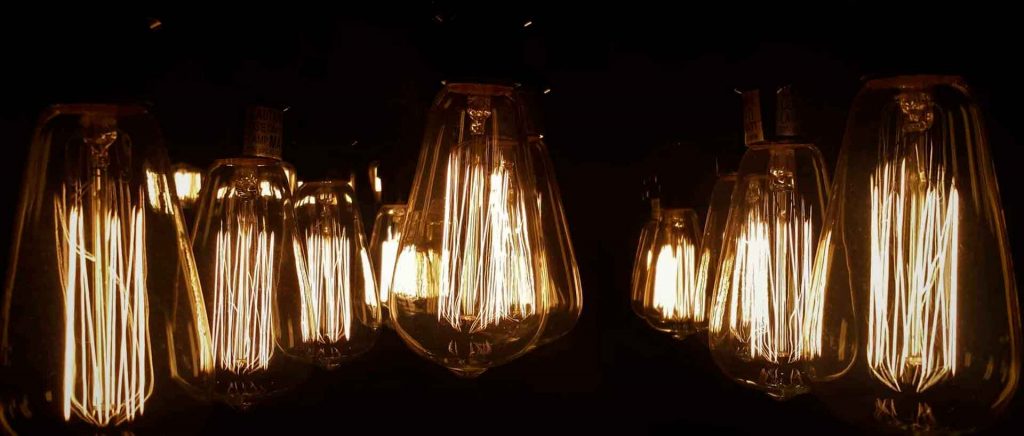
Start a three-point lighting setup.
If you want to start a first approach to three-point lighting, the key is knowing light intensities and directionality.
Typically, a three-point setup for an interview or a character in front of a Chroma consists of a backlight, a key light, and a fill light.
Before talking about lighting ratios, you should know where to place the fixtures.
There’s a simple rule that works and especially helps when starting to light in three points. To avoid unwanted shadows, and mimic the fall of natural light on facial features, position the fixtures so that the light beam has a 45º inclination over the character. To do this, simply measure the height of the device off the ground, place it at the same distance from the character, and direct it towards their face.
The idea is to achieve volume, so avoid a very lateral or frontal light input and try to place it in three-quarters. To position the three devices, imagine the Mercedes benz cross from a top view, where the top arrow is the backlight and the lower ones are the key and the fill.
Depending on the camera’s position, you can reposition the backlight to one side or another to avoid it. From that moment you can start with light ratios.
The easiest way to attack it is to decide an f-stop for your key light, which will be the starting point and where you want to have the maximum information in the video signal. Once you have it, copy that intensity for your backlight and half of it for the fill.
Obviously, you can play with the intensities for the narrative intentionality of what you are looking for, and not stick to ratios of 2:1, 4:1, etc. This is still an artistic expression, so let yourself go and experiment.
Remember that light is a physical phenomenon that follows rules that it adheres to in order to interact with the environment. If you know them, you can predict what results you will get. Study the physical principles of light and apply that knowledge to artificial lighting to seek naturalness.

Experiment with three-point lighting.
The more you experiment in the field of photography lighting, the better results you will get, and this obeys two rules: physical knowledge and play.
Light behaves as a wave and particle at the same time, and its speed and direction depend on the medium they pass through at any given moment.
The speed of light is calculated in translation in a vacuum, but since that is not the medium in which we live, our experience with light constantly varies and it is what we want to understand to replicate its behavior in a controlled way.
Without going into wave physics, I will give you a couple of basic notions so you can start getting more realistic results and have a starting point from which to experiment and learn.
The two characteristics that interest you most about light are color reproduction and the hardness of shadows.
Whenever you find yourself in the dilemma of which device to use to start lighting in three points from the vast market offer, remember the following: the hardness of the shadows depends on the distance and size of the source.
The greater the distance or smaller the size of the source, the shadows will be harder and defined. On the contrary, if you seek more diffused shadows, increase the size of that same source. For this, frames are used in front of the most directional devices and also fluorescence or LED screens.
The measure of color reproduction is the CRI (Color Rendering Index), and each device has a different CRI.
When it exceeds 97%, it gets more expensive and it is one of the features that interests you most when choosing your light source. This does not mean that the device can emit many different colors, but that the level of white at which it operates (WB) has the ability to reproduce a wide chromatic range of those bodies on which it acts.
Whenever we light characters in a natural environment, we are interested in playing between daylight or artificial light, and this has to do with white balance, traditionally 5600ºK to 6000ºK outdoors, due to atmospheric light, and 2800ºK to 3200ºK indoors, due to traditional tungsten sources.
With that said, I’m going to tell you how to do a three-point lighting with two light sources in a natural way.
In this case, we are going to work from your camera axis, this is important because we always avoid the photographic shot in favor of lighting, that is, that the key light comes from the same angle as the camera. Look for the type of shot that interests you the most, and illuminate from there. We will work with a backlight to illuminate the entire scene.
Once you have the camera, place your backlight on the other side of the axis without seeing the device. Then place your key light in such a way that the most illuminated part is the side of the face that is least favorable to the camera. Rotate around the character until that light subtly invades the other side. Once you have both, place a reflection surface, this time on the camera axis for the fill, this way you will gain detail in shadows and volume in the whole scene.
Remember what was mentioned about the hardness of shadows, use a large source or with diffusion as the key light, in this way, the light will fall more subtly on the other side of the face, avoiding hardness in the character’s features.
Start with household devices and do tests, always try that the light intensity falls as it approaches the camera, you are not interested in having a hot spot in the foreground and a poor background, because in this way you lose detail in the scenic environment. As you experiment, consider going for more professional use devices, which allow you to control the beam and the direction of the source.


